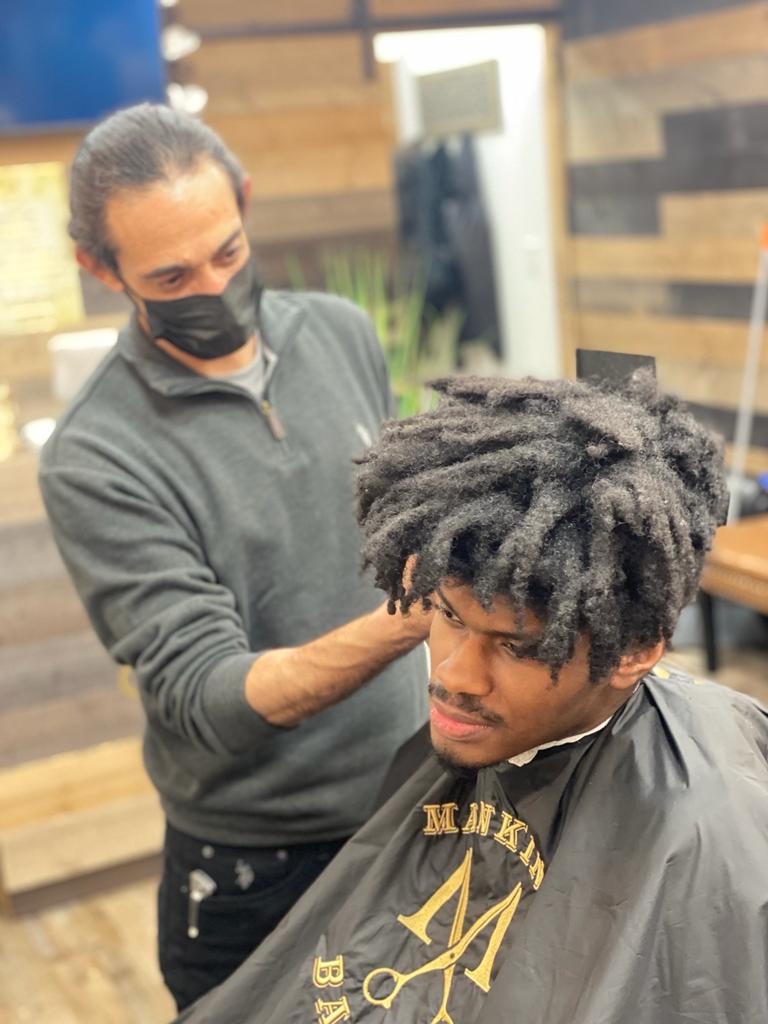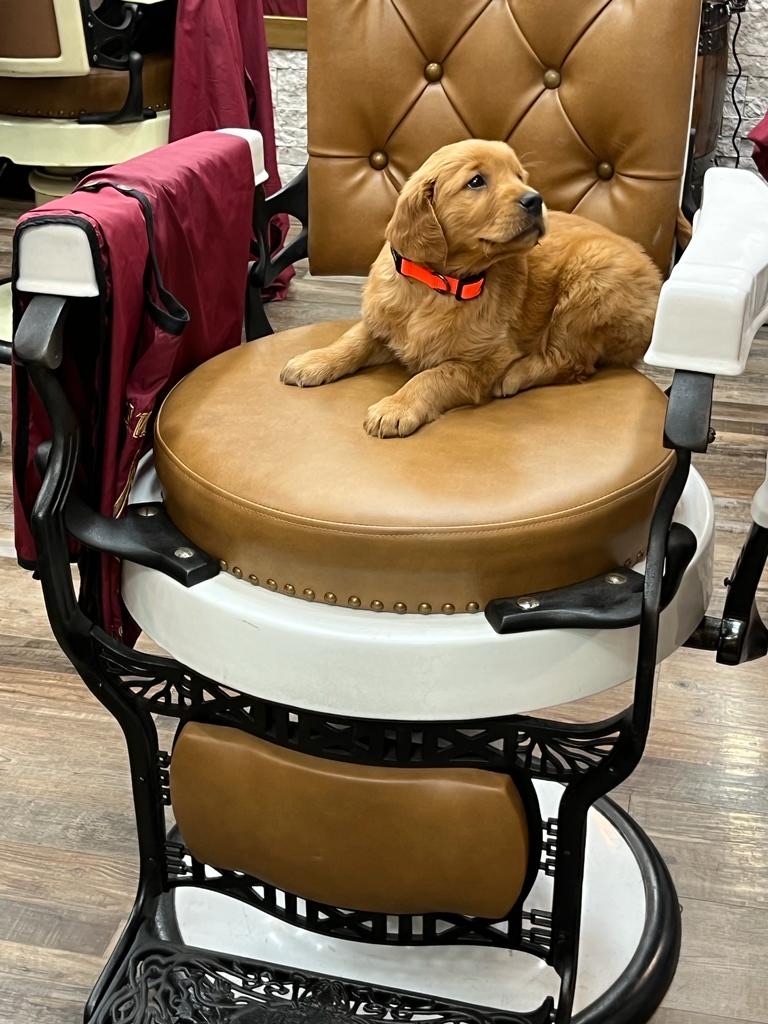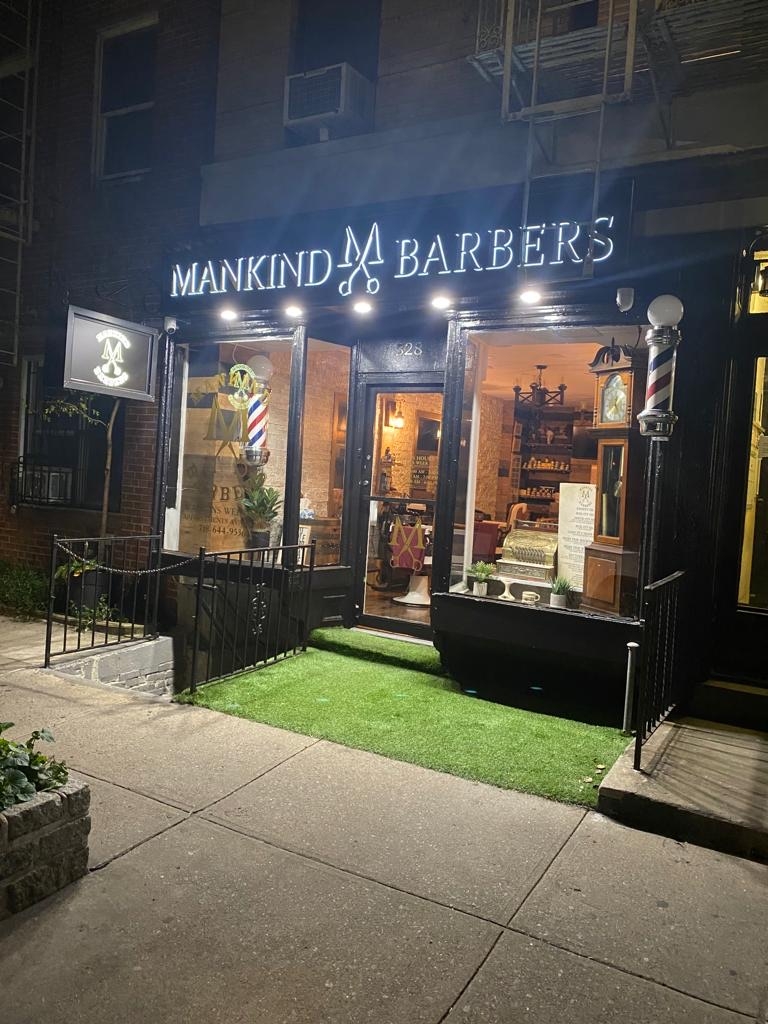Beard Brush Bristle Types
What are the benefits of using a boar bristle beard brush?
Using a boar bristle beard brush offers several benefits for beard grooming. The natural bristles help distribute the natural oils produced by the skin evenly throughout the beard, promoting a healthier and shinier appearance. Boar bristles are also gentle on the skin, reducing irritation and preventing ingrown hairs. Additionally, the stiffness of the bristles helps detangle and style the beard, making it easier to manage and shape.



